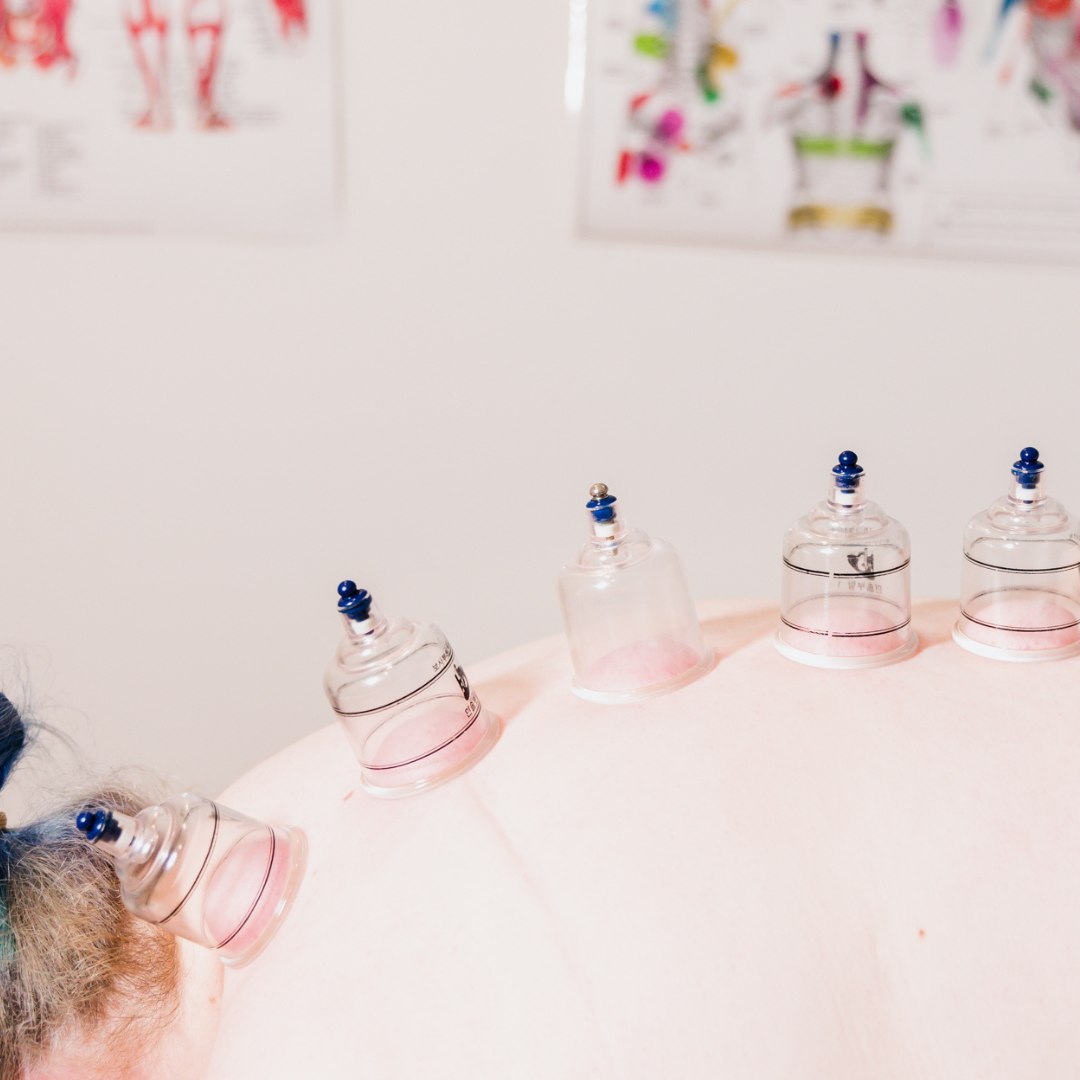|
Improving circulation is an important factor in helping sore, tight, and tired muscles recover faster. This is because good blood flow is essential for delivering oxygen, nutrients, and hormones to the muscles and removing waste products. When circulation is poor, it can cause muscle tension, fatigue, and pain, leading to slower recovery and reduced performance. Think of circulation and blood flow as the way that your muscles breathe. Circulation is also essential for activating the immune system, which helps repair damaged tissues and reduce inflammation. When the immune system is working efficiently, it can more easily break down lactic acid and other waste products that build up in the muscles during exercise, reducing muscle soreness and stiffness.
There are a number of ways to improve circulation and support muscle recovery. One of the most effective is to engage in regular exercise, such as cardio or strength training, which can help increase blood flow and improve overall cardiovascular health. Stretching and foam rolling can also help improve circulation by loosening tight muscles and promoting blood flow. As Myotherapists and Remedial Massage Therapists, we have a wide range of circulation boosting tools at our disposal.
Heat therapy, such as using a hot bath or heating pad, can also be beneficial for improving circulation and reducing muscle pain. Heat increases blood flow to the affected area, which can help relieve tightness and reduce inflammation. Finally, proper nutrition is important for supporting circulation and muscle recovery. Eating a healthy, balanced diet rich in nutrients like vitamins C and E, magnesium, and omega-3 fatty acids can help improve circulation, reduce inflammation, and support overall health. Our therapists are not able to give customised nutritional advice, but we always suggest maintaining good hydration, eating a diet full of colourful fruits and veggies, and ensuring you get enough protein - whether thats animal or plant based, we're not here to judge! In conclusion, improving circulation is a crucial aspect of supporting muscle recovery and reducing muscle pain and fatigue. Incorporating activities like exercise, stretching, massage, heat therapy, and proper nutrition into your routine can help improve circulation and speed up the healing process. Want help from our therapists? Book a time to have a treatment with us. |
Meet Our Team
We have a team of great practitioners available 7 days a week at our Rowville clinic. Archives
July 2024
Categories
All
|
Got a question about Myotherapy?
Contact Mel by phone, email or Facebook
|
Simple Wellness Myotherapy & Remedial Massage Clinic
Shop 12B 150 Kelletts Rd Rowville VIC 3178 |
Phone us on
03 8204 0970 |


 RSS Feed
RSS Feed